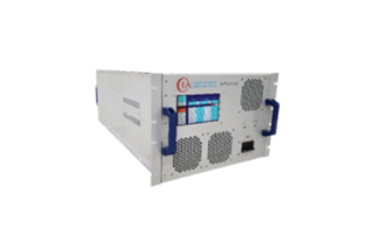Advantages Of GaN RF Amplifiers With High Peak-To-Average Capability To P1dB Rated Amplifiers

Explore the advantages of GaN (Gallium Nitride) RF amplifiers, particularly their high peak-to-average capability, compared to P1dB-rated amplifiers. GaN amplifiers are known for their exceptional performance in high-frequency and broadband applications, particularly those requiring high power, low heat dissipation, and wideband operation. Their high efficiency (above 40%) reduces energy losses and thermal stress, which is especially beneficial in high-power systems like 5G, radar, and electronic warfare.
The key advantage of GaN amplifiers lies in their ability to handle high peak-to-average ratios, ensuring minimal distortion and maintaining linearity under fluctuating power levels. This makes them ideal for modern communication systems with complex modulation schemes. On the other hand, P1dB-rated amplifiers, which are focused on maintaining linearity up to a 1dB compression point, struggle with high-dynamic-range signals. These amplifiers may distort when power peaks exceed the 1dB threshold, leading to reduced performance in high-speed communication systems.
While P1dB amplifiers are preferred for their low distortion and wide dynamic range, GaN amplifiers excel in applications that demand high peak signal amplification, such as 5G, instrumentation, and military systems. GaN’s superior crest factor and peak-to-average capability make it the better choice for next-generation communications, testing, and defense systems that require robust, efficient signal handling across varying conditions.
Get unlimited access to:
Enter your credentials below to log in. Not yet a member of RF Globalnet? Subscribe today.
